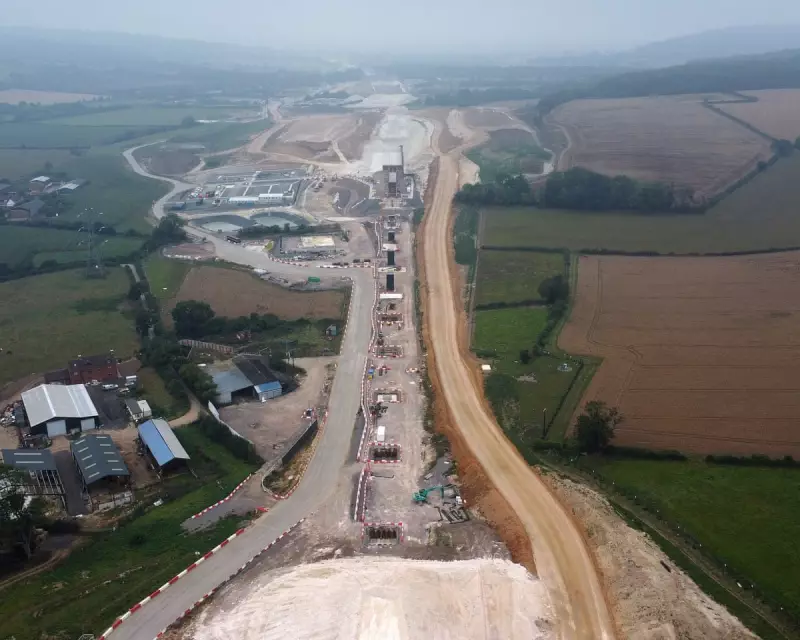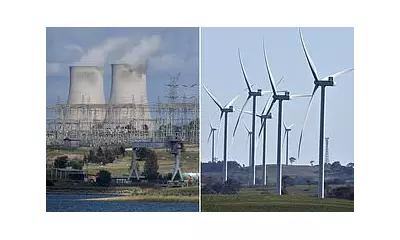
Britain is facing an environmental crisis as new research exposes the nation as one of Europe's worst offenders for sacrificing precious green spaces to urban development. According to damning statistics, the UK has claimed the unwanted title of fifth worst country on the continent for converting natural landscapes into built environments.
The Shocking Scale of Green Space Loss
The comprehensive analysis reveals a troubling pattern of urban expansion across the United Kingdom, with parks, gardens, and natural habitats disappearing beneath concrete and construction at an alarming rate. This places Britain in the bottom tier of European nations for protecting its green infrastructure.
What This Means for Communities
The loss of accessible green space has profound implications for public health, biodiversity, and community wellbeing. Urban green areas provide crucial benefits including:
- Improved air quality and temperature regulation
- Essential habitats for urban wildlife
- Spaces for recreation and physical activity
- Mental health benefits for residents
- Natural flood prevention and water management
How Britain Compares to European Neighbours
The research places the UK's performance in stark contrast to other European nations, many of which have implemented stronger protections for urban greenery. While some countries have successfully balanced development needs with environmental preservation, Britain continues to prioritise construction over conservation.
The Urgent Need for Policy Reform
Environmental campaigners are calling for immediate action from policymakers to reverse this troubling trend. They argue that current planning regulations fail to adequately protect vital green spaces from relentless development pressure.
The findings serve as a wake-up call for government, local authorities, and developers alike, highlighting the urgent need for sustainable urban planning that values green infrastructure as essential rather than expendable.
As cities continue to grow, the preservation and creation of green spaces must become a central pillar of development strategy, ensuring future generations can enjoy the physical and psychological benefits of nature within urban environments.





